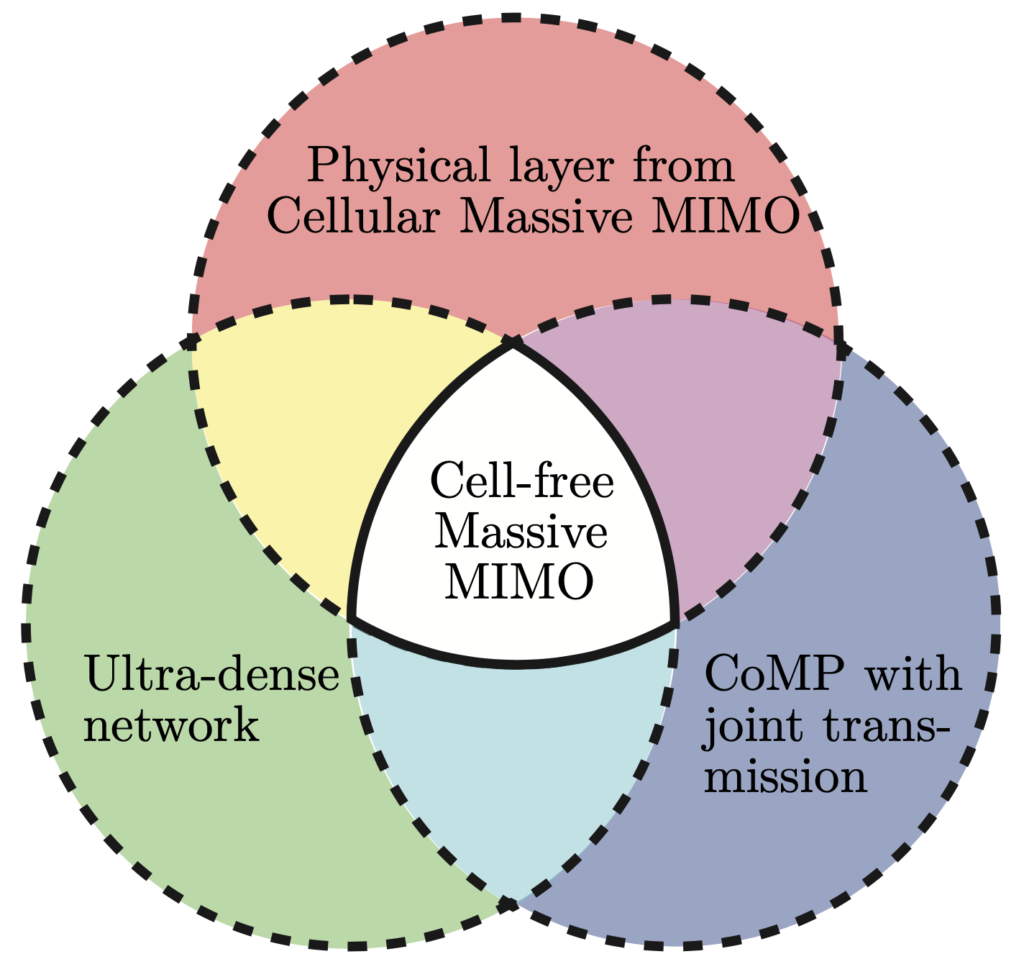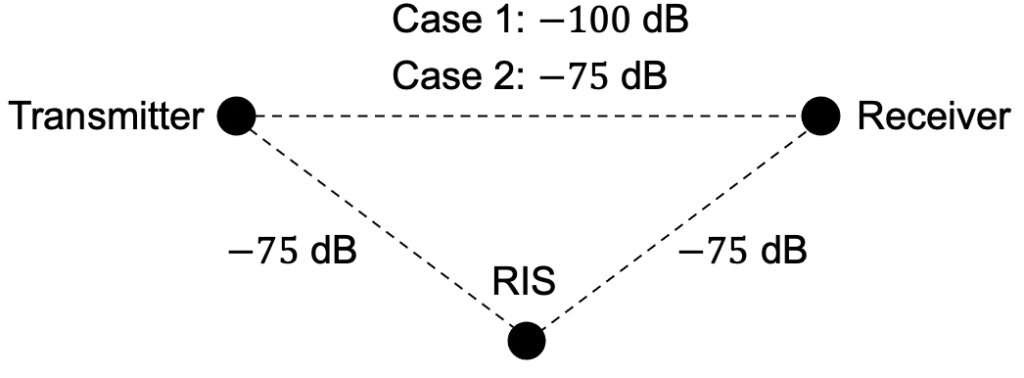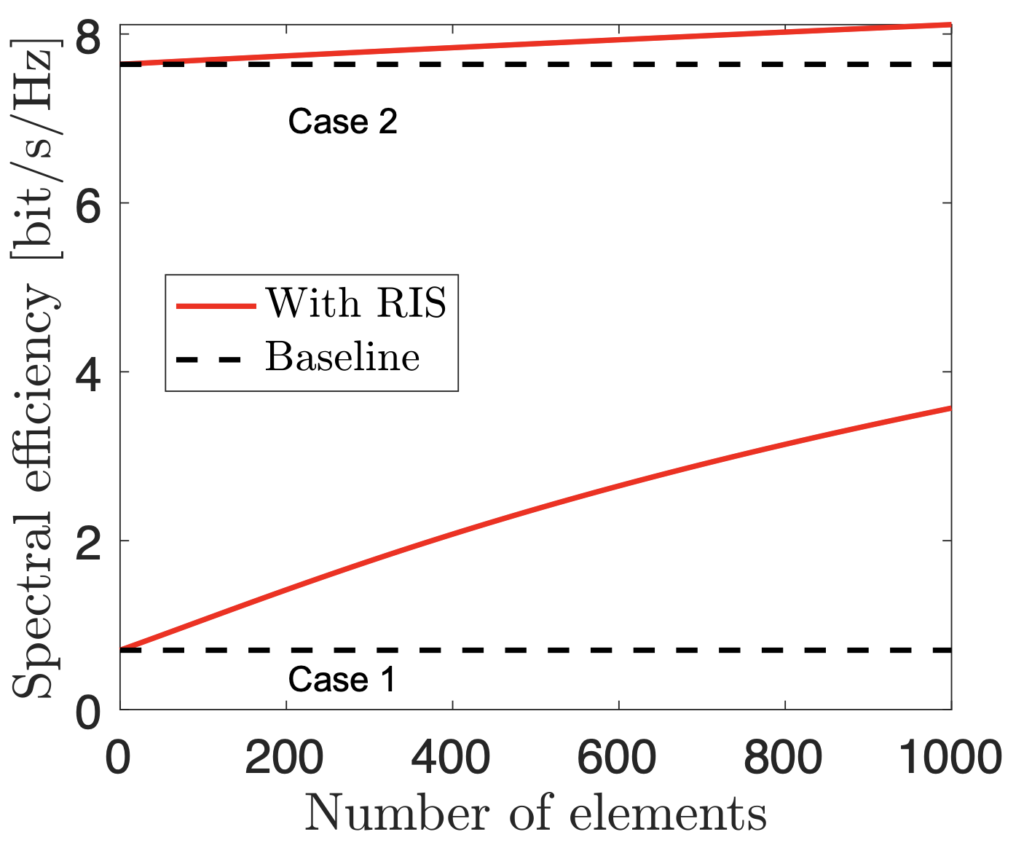Mobile networks are divided into semi-autonomous cells. It is essentially a divide-and-conquer approach to network operation, where each cell becomes simple to operate and the reuse of radio resources over the cells can be planned in advance. This network structure was proposed already in the 1950s and has been vital for the wide-spread adoption of mobile network technology. However, the weaknesses of the cellular architecture have become increasingly apparent as mobile data has replaced voice calls as the main type of traffic. While the peak data rates are high in contemporary networks, the user-guaranteed rates are very modest, due to the largest pathloss variations and inter-cell interference that is inherent in the cellular architecture.

A promising solution to these issues is to leave the cellular paradigm behind and create a new network architecture that is free from cells. This vision is called Cell-free Massive MIMO.
This is a technology that essentially combines three main components that have been previously considered separately: 1) the efficient physical-layer operation with many antennas that enabled wide-spread adoption of Massive MIMO in cellular networks; 2) the vision of deploying many access points close to the users, to create a reality where users are surrounded by access points instead of the opposite; 3) the joint transmission and reception from distributed access points, that have been analyzed under many names over the last two decades, including coordinated multipoint (CoMP).

This blog post is about the first book on the topic: “Foundations of User-Centric Cell-Free Massive MIMO” by Özlem Tuğfe Demir, Emil Björnson, and Luca Sanguinetti. We provide the historical background, theoretical foundations, and state-of-the-art signal processing algorithms. The book is 300 pages long and is accompanied by a GitHub repository with all the simulation code. We hope that this book will serve as the starting point for much further research. The last section of the book outlines many future research directions.
NOW publishers is offering a free PDF until April 2, 2021. To obtain it, go to the book’s website, create a free account, and then click on download. For the same period, they are offering printed copies for the special prize of $40 (including non-trackable shipping). To purchase the printed version, go to the secure Order Form and use the Promotion Code 584793.
Since 5G is designed to be future-proof and enable decoupling of the control signaling and data transmissions, I believe that the 5G networks will become increasingly cell-free during this decade, while beyond 5G networks will embrace the cell-free architecture from the outset.



